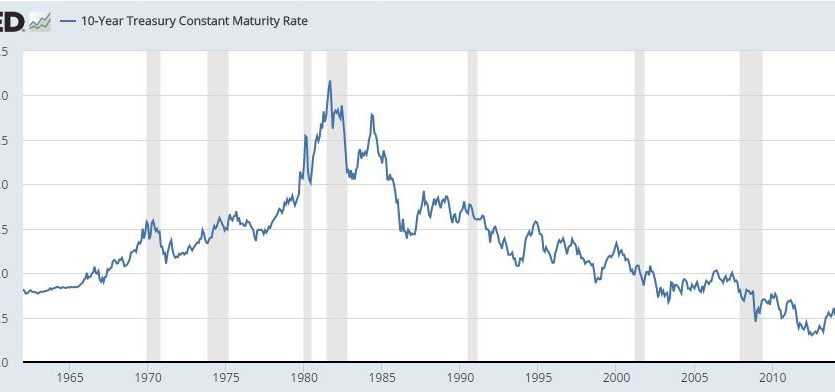Commercial real estate has been on an unprecedented streak since the economic crisis of 2007, but can rising interest rates and hesitant investors be the end of this prosperity? Many factors are influencing this shift in the federal reserve’s interest rate, including: the potential for reduced oil output, the shift in our political environment as well as a shift to a more aggressive monetary policy implemented by the Federal Reserve. One positive outlook when observing historical trends is that hikes in the interest rate are typically paired with thriving financial and real estate markets. As we move forward, let’s see how higher interest rates can impact certain areas of commercial real estate investing.
REITS
Surprisingly, when examining the historical patterns exhibited by Real Estate Investment Trusts (REITs) in times of increased fed rates, these returns often doubled and even tripled that of the S&P 500. Why is this you ask? Many experts believe the exceptional performance was due to the economy growing faster than the interest rates, thus strengthening the economy, and increasing demand and property values. According to conventional theories, rising interest rates are a negative sign in regards to REITs due to their investors being drawn to their high dividend income, and as bond yields rise, REIT dividends become less appealing. This fact seems troubling at first, but it is hard to confidently rely on history when we haven’t experienced rates this low in over a decade. Despite increased rates, improved economies bode well for office, retail and housing REITs, which go hand in hand with employment growth and increased consumer spending.
Investment Properties
Rising interest rates are typically an indication of a steadily growing economy, thus increasing the occupancy rates and rent. Revitalization of downtown sectors and historic landmarks throughout the country has been a growing theme and will create a need for more housing, workspaces, and entertainment venues. On the other hand, growing rates are inevitably followed by an increase in the cost it takes to purchase property and borrow funds. Investors must carefully determine whether the increase in business will offset the negative reactions caused by the rise in interest rates.
Leveraged Property
The higher the interest rate, the lower the cash returns for investors who use leverage from banks and other sources to purchase real estate. This group will take the largest hit when it comes to the fed changing rates, but like the previous two groups, increased interest rates go hand in hand with a growing economy. This improvement in the economy can increase both tenant retention as well as property valuation.
Outlook for the Near Future
Fortunately, the concern over cap rate volatility did not affect net lease activity in quarter one of 2017, and a narrowing unemployment rate will most likely continue to create moderate positive gains in regards to rent growth in commercial property segments. These factors will contribute to hedging the potential downside created by any decline in property value due to diminishing investor demand and higher debt costs. Diversifying one’s portfolio and having a thorough understanding of how interest rates impact particular areas of real estate will put you in a steadfast position to be confident in making investment decisions during uncertain times.




